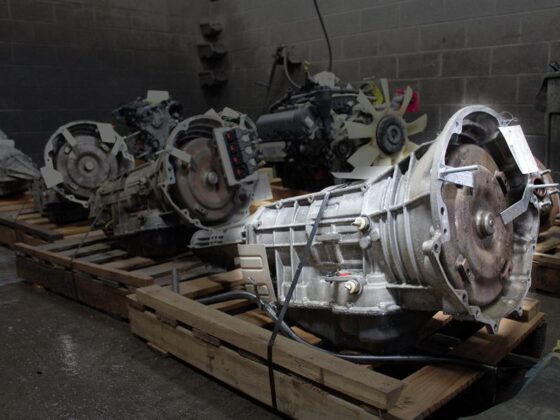In todays highly competitive business landscape, supply chain efficiency has become a key differentiator for companies looking to stay ahead of the curve. A streamlined and effective supply chain not only enhances operational performance but also significantly impacts the bottom line.
From reducing costs and lead times to improving customer satisfaction and reducing inventory levels, the benefits of an efficient supply chain are undeniable. In this article, we will explore proven methods that can help businesses drive greater efficiency in their supply chain operations.
Whether you are a small start-up or a large multinational corporation, implementing these strategies can lead to significant improvements in your overall supply chain performance.
1. Streamlining Inventory Management Processes

In order to enhance supply chain efficiency, it is essential to streamline inventory management processes. By implementing effective inventory control systems and utilizing advanced technology such as RFID tags and automated software, companies can optimize their inventory levels, reduce carrying costs, and minimize stockouts.
By closely monitoring demand fluctuations and analyzing historical data, businesses can make informed decisions regarding reorder points and safety stock levels, leading to a more accurate and responsive supply chain. Additionally, utilizing just-in-time inventory management techniques can help companies avoid excess inventory and reduce waste, further improving overall supply chain efficiency.
2. Implementing Demand Forecasting Techniques

Implementing demand forecasting techniques is a critical step in improving supply chain efficiency. By accurately predicting future demand, companies can better allocate resources, reduce excess inventory, and streamline production processes.
There are various methods that can be employed to forecast demand, including time series analysis, regression analysis, and machine learning algorithms. Utilizing a combination of these techniques can help businesses anticipate fluctuations in demand and adjust their operations accordingly.
It is essential for organizations to continuously refine and update their forecasting models to adapt to changing market dynamics and consumer behaviors. By implementing robust demand forecasting techniques, companies can enhance their overall supply chain performance and ultimately increase profitability.
3. Utilizing Technology for Real-time Tracking and Monitoring

In todays fast-paced supply chain industry, utilizing technology for real-time tracking and monitoring is essential for improving efficiency. By implementing advanced tracking systems, companies can easily monitor the movement of their products from production to delivery, pinpointing any potential bottlenecks or delays in the process.
With the ability to receive instant updates on inventory levels, shipment statuses, and delivery timelines, organizations can make informed decisions to streamline their operations and ensure timely deliveries to customers. Real-time tracking and monitoring technology not only enhances visibility and control but also enables businesses to detect issues proactively and take corrective action before they escalate.
This proactive approach ultimately leads to improved supply chain efficiency and customer satisfaction.
Conclusion
In conclusion, improving supply chain efficiency is crucial for businesses looking to stay competitive in todays fast-paced market. By implementing proven methods such as data analytics, automation, strategic partnerships, and continuous improvement initiatives, companies can streamline their operations, reduce costs, and deliver better value to customers.
It is important for organizations to continuously evaluate and adjust their supply chain strategies to meet evolving customer demands and market trends. With a commitment to enhancing efficiency and responsiveness, cofounder and supply chain professionals can drive sustainable growth and success for their businesses in the long term.


